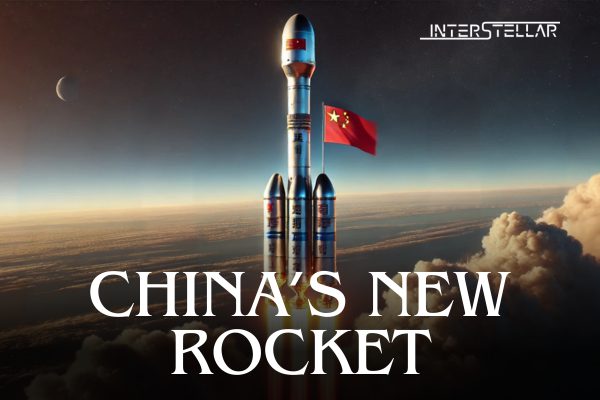China Unveils Reusable Long March 9 Rocket to Compete with SpaceX
China’s Aerospace Science and Technology Corp , a state-owned aerospace company, showcased a reusable version of its Long March 9 booster at the Zhuhai Airshow this week, aiming to rival SpaceX’s heavy-lift capabilities. The updated Long March 9 design, featuring a fully reusable two-stage model, could carry payloads of 100 tons to low-earth orbit and 50 tons to lunar-transfer orbit, according to a company interview with CCTV.
Advancements in the Long March 9 Design
Initially revealed in 2018 as an expendable rocket, the Long March 9 booster has since been re-envisioned with full reusability in mind, enabling both stages of the rocket to return safely for future use. CASC’s ambitious goals for reusability mirror SpaceX’s advancements, which have significantly reduced launch costs with their reusable Falcon 9 booster.
SpaceX’s Falcon 9, in comparison, has carried up to 50 tons to low-earth orbit and achieved nearly 400 launches, with 349 successful landings and 324 reflights as of their latest report. SpaceX is also testing Starship, a heavy-lift rocket designed to transport 150 tons to orbit, though it has yet to complete operational flights.
China’s Expanding Space Ambitions with AVIC’s Spaceplane
Another highlight of China’s space advancements at the Zhuhai Airshow was the uncrewed spaceplane presented by AVIC, another state-owned aerospace firm. AVIC’s spaceplane, designed to transport cargo to the Chinese space station, received a contract in late October from the China Manned Space Agency for engineering flight verification.
The rapid development of both reusable rockets and spaceplanes reflects China’s intensified investment in advancing its space program. These efforts position the country as a rising competitor in global space exploration and commercial space transport.
With inputs from Reuters





